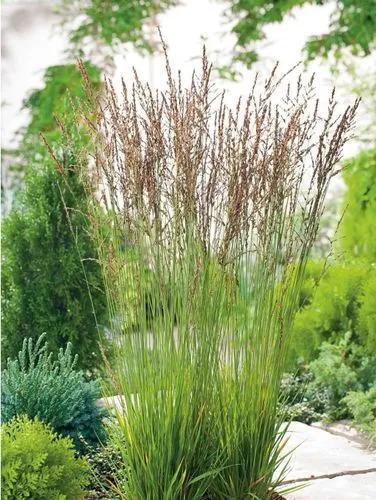Amaranthus albus is an annual species of flowering plant. It is native to the tropical Americas but a widespread introduced species in other places, including Europe, Africa, and Australia.
Common names include common tumbleweed, tumble pigweed, tumbleweed, prostrate pigweed, pigweed amaranth, white amaranth, and white pigweed.
Common Tumbleweed Care
Amaranthus albus



A. hybridus is an erect annual herbaceous plant which reproduces only by seeds. It produces a tap root and erect, often branched stems from 0.1 to 2.0 m in height. The stems are thick and often ribbed or tinged with red. Its leaves are alternate, long-stalked, and ovate to rhombic-ovate. Leaf and stem surfaces have small fine hairs. Flowers are numerous, green, and crowded into finger-like spikes forming a long, dense terminal panicle, with axillary spikes below. The terminal spike is often lax. Perianth segments 5, lanceolate, acute, 2–3 mm long, subtended by bracteoles somewhat longer, about 4 mm, with a long, sharp tip, causing the inflorescence to feel distinctly prickly. Stamens 5. At maturity, the entire plant may be reddish in colour. Seeds are round, dark brown, shiny, somewhat flattened, and 1.0 to 1.5 mm in diameter.
A. hybridus is found on a wide variety of soil types and textures. It is a common weed of cultivated fields, gardens, waste places, roadsides, riverbanks, and other open, disturbed habitats where annual weeds predominate. It is seldom found in closed or shaded communities
A. hybridus is a native riverbank pioneer of eastern North America and parts of Mexico, Central America and northern South America. It is much more common in the eastern than the western half of the USA. Its range has expanded to Africa, south-central Asia and Australia, possibly because of its use as a green vegetable. It can be invasive in Europe.
This plant is useful.
How to Care for the Plant

Popularity

135 people already have this plant 19 people have added this plant to their wishlists
Discover more plants with the list below
Popular articles






